



01
Hello Fuzhou
The mountains and the water enabling the vastness of Fuzhou.
Fuzhou is located on the southeast coast of China.
It is separated from Taiwan by the sea.
The resident population is about 8.45 million.
It covers an area of about 12,000 square kilometers.
Heart of Minjiang River
▼

Its geomorphy can be summarized as “half mountain and half sea”.
Topography and Location of Fuzhou
▼
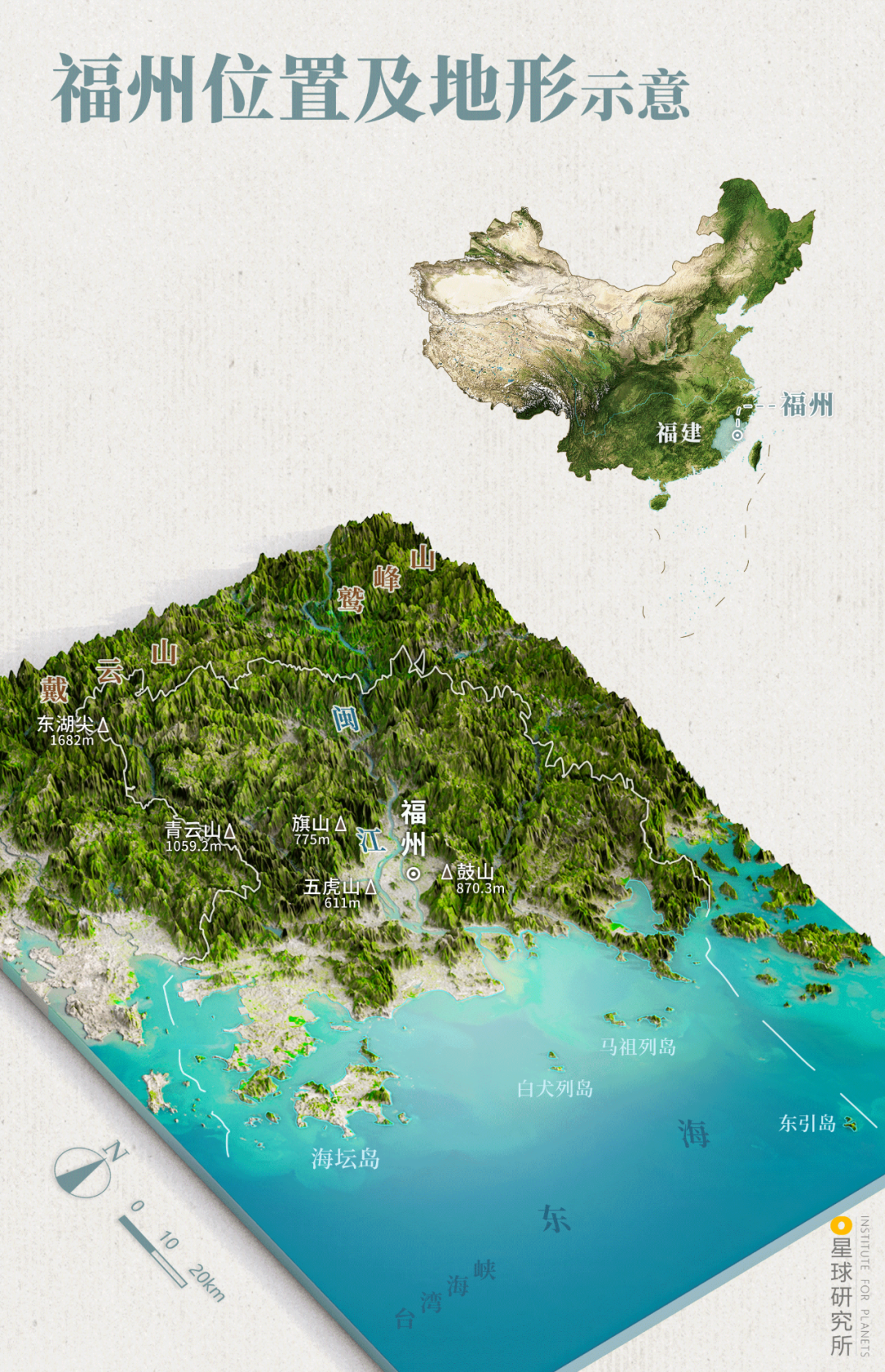
There are four main mountains forming the backbone of Fuzhou, namely Qishan Mountain, Gushan Mountain, Wuhu Mountain and Lianhua Peak.
Scenery of Wuhushan
▼

11,000 square kilometers of ocean, 920 kilometers of coastline and 485 islands in the blue sea, all of which exude a fascinating charm.
Scenery of Xiaocheng Township, Lianjiang County
▼

Surrounded by mountains, Minjiang River, the largest water system in Fujian, passes through the city, depositing a plain of 489 square kilometers as well as islands such as Nantai Island and Zhongzhou Island.
Heart of Minjiang River
▼
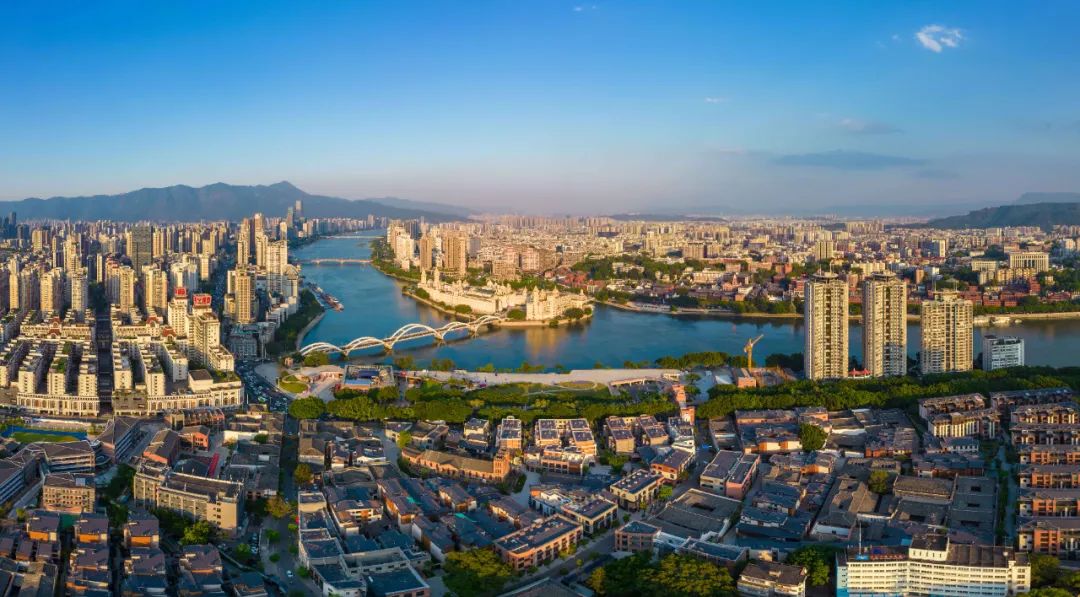
Among the four main plains in Fujian, only Fuzhou plain has Minjiang River that is capable of carrying deep draught vessels.
Fuzhou deserves the crown of "The Blessed City"
New look of both sides of Minjiang River
▼

02
Live with the sea and prosper by the sea.
- The ocean is one of the major advantages of Fuzhou's development.
5000 years ago, during the Tanshishan culture period, the ancestors of Fuzhou made a living by the sea.
Some of the excavated artifacts in the Tanshishan Culture Site in Minhou County of Fuzhou have distinctive characteristics of marine culture, confirming the statement that "Fuiian is in the sea", which comes from the first encyclopedia of natural landscapes in ancient China.
Tanshishan is the birthplace of the pre-Qin Fujian people.
Fujian's marine civilization began here.
Tanshishan Site Museum
▼
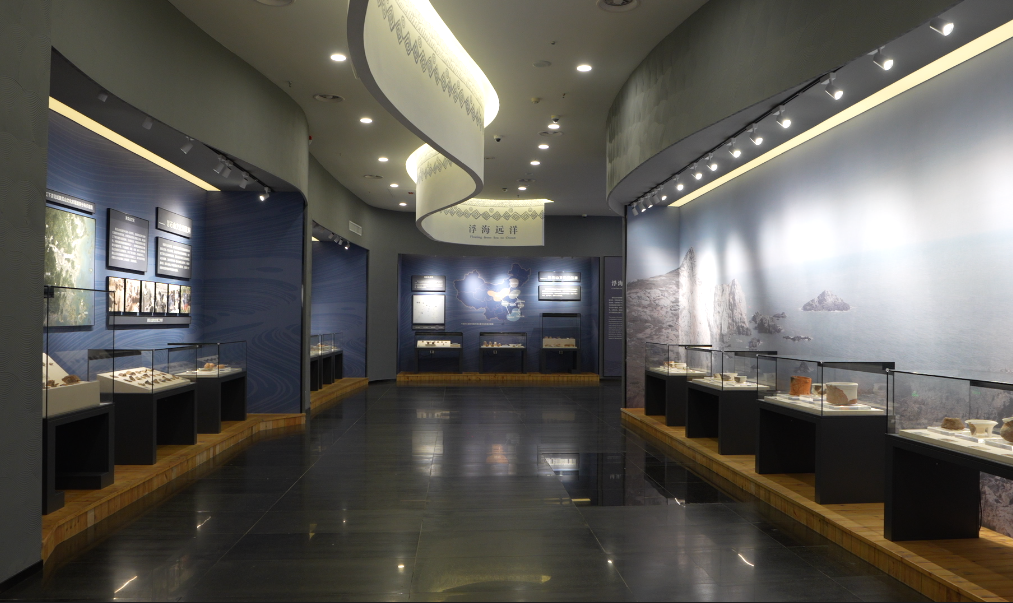
As early as in the Three Kingdoms period, the Wu kingdom set up a "Ship Commander" and established a shipyard in Fuzhou. Later, the Fuzhou sharp-bottomed ships famed to the world because they guaranteed a safe and fast voyage for merchants.
With the rise of overseas transportation and trade, Fuzhou gradually became one of the centers of shipbuilding industry in the country.
▼
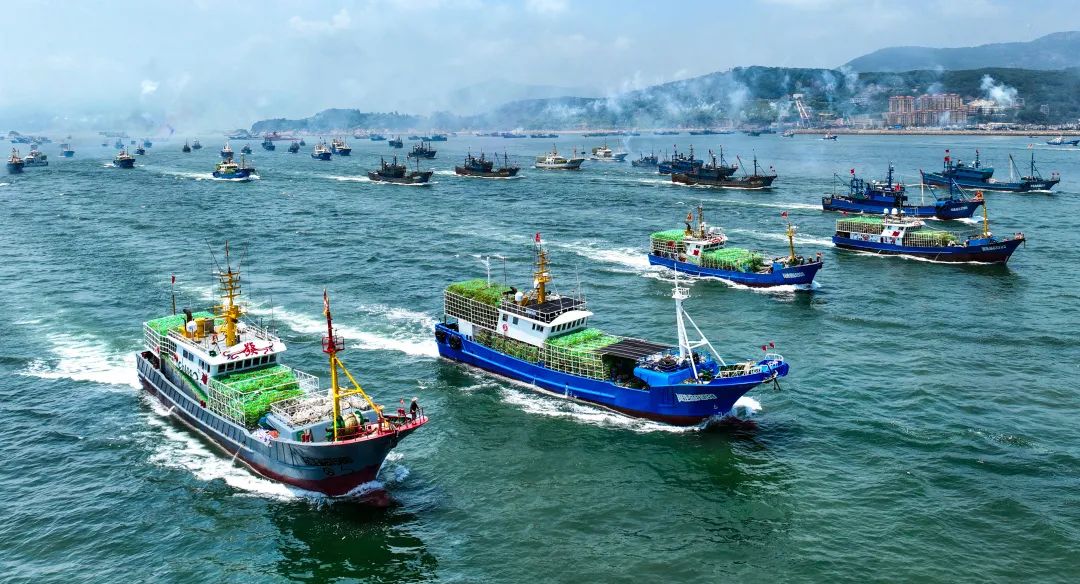
At the beginning of the Ming Dynasty, Zheng He voyaged seven times to West Asia and South Aisa, opening up a 28-year sailing era, creating the world's largest and farthest sailing record at that time, and pushing the development of the Maritime Silk Road to the pinnacle.
Zheng He's Voyage Routes
▼
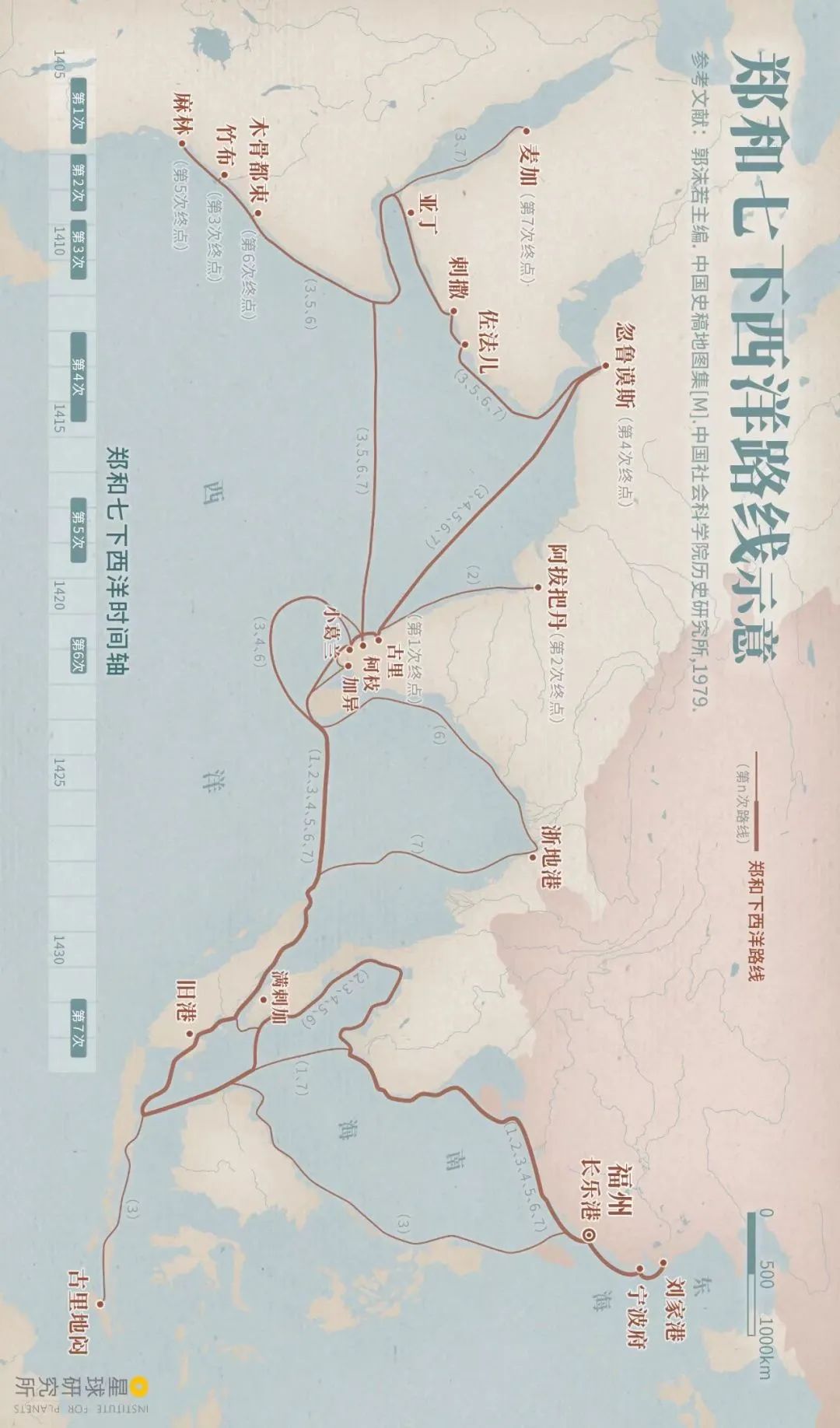
During the Ming Dynasty, ships from all over the world came to Fuzhou along the Maritime Silk Road .
The Luoxing Pagoda was rebuilt to guide the ships.
It is rumored that when the overseas crews saw the Luoxing Pagoda from afar, they began to cheer for their arrival in China. This is why the pagoda is also known as the "China Pagoda".
Luoxing Pagoda is an internationally recognized navigational landmark and the gateway to the Minjiang River.
▼
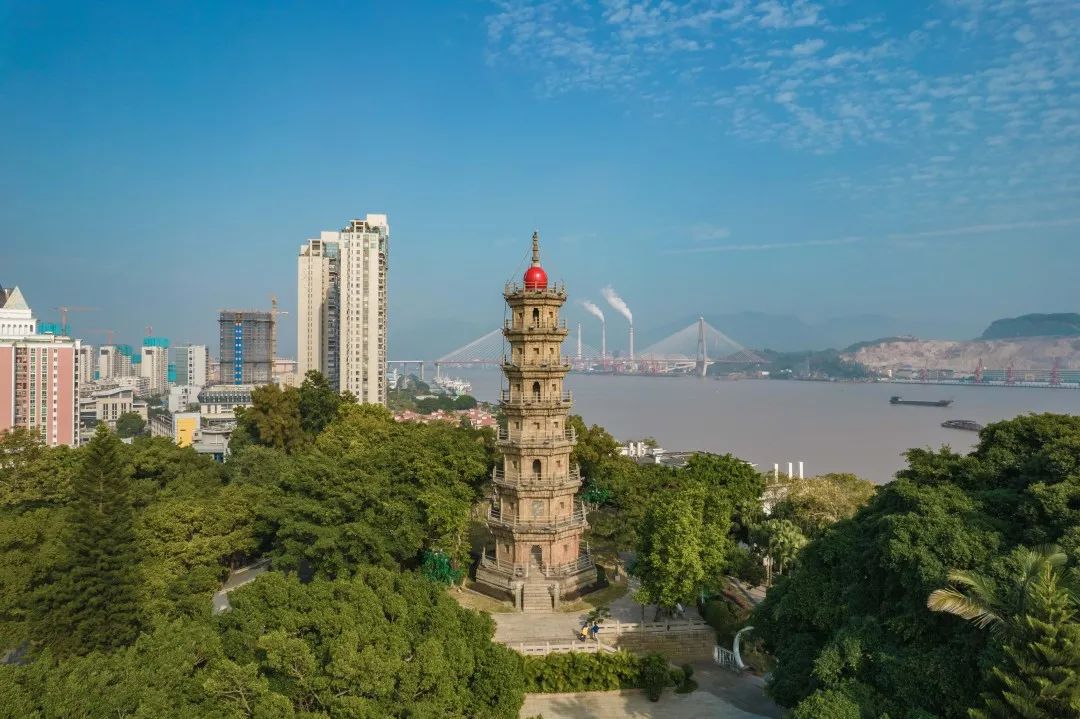
03
With the mountains at the back and the sea in the front, Fuzhou is a city with ancient charm.
- Unique geographic location and a long history have given birth to the splendid Fujian culture.
Three Lanes and Seven Alleys Historic District has preserved the fishbone alley pattern remained from the Tang and Song dynasties and more than 200 ancient buildings of the Ming and Qing dynasties. It is also home to over 400 celebrities from different dynasties.
It is known as "living fossil of ancient neighborhood system", "Museum of ancient architectures in the Ming and Qing Dynasties" and "home to modern Chinese celebrities".
▼
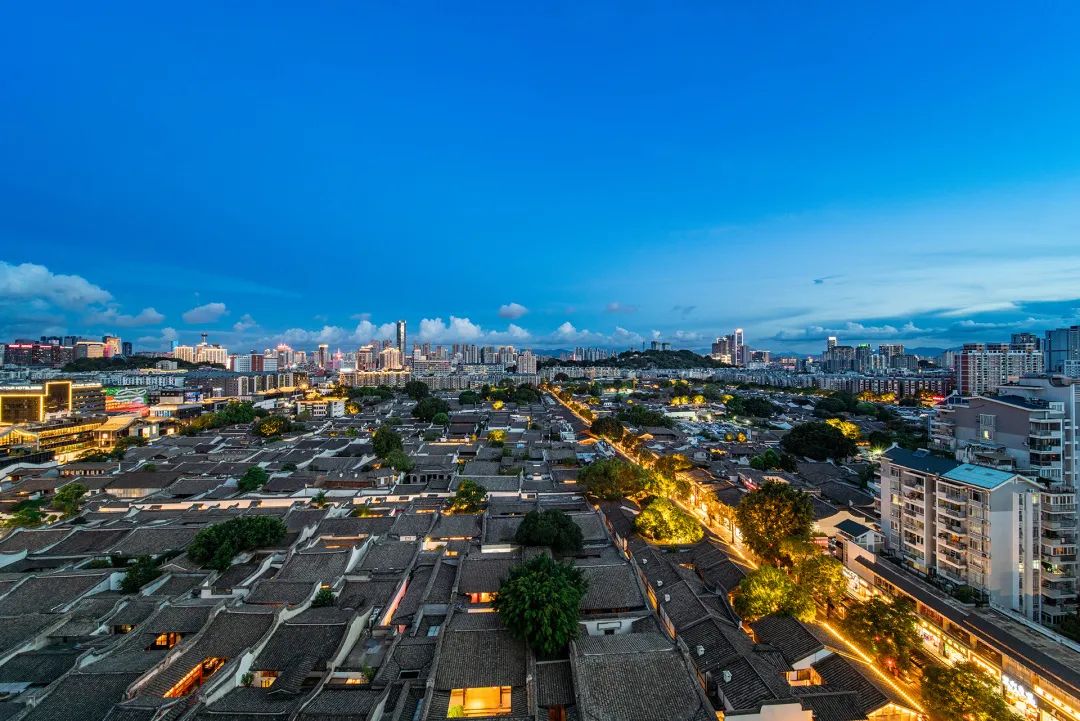
Shangxiahang Historic District is the birthplace of Fujianese merchants and an important node of the Maritime Silk Road.
A hundred years ago, it was the central business district of Fuzhou.
A hundred years later, it is the new landmark of Fuzhou symbolizing the integration of the East and the West.
It is known as the "Fuzhou Traditional Commercial Museum".
▼
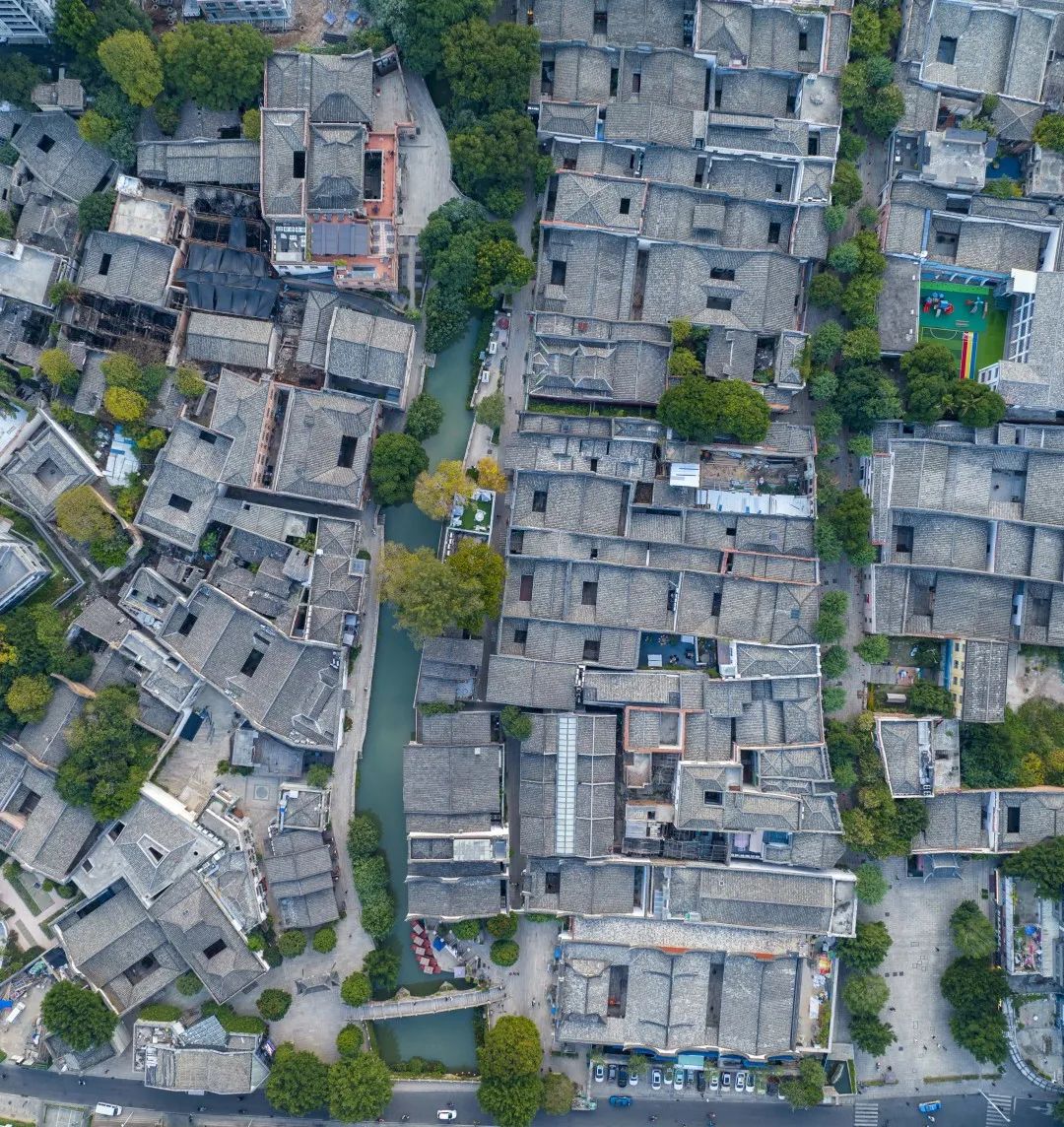
Fuzhou, also the birthplace of Chinese Arsenal.
In 1866, the Qing government authorized Zuo Zongtang, the governor of Fujian and Zhejiang, to establish an arsenal in Mawei, Fuzhou, with Shen Baozhen as the first minister.
It is the first institution in Chinese history to be responsible for the modernization of sea defense.
An arsenal of hundred years, an ancient harbor of thousand years.
▼
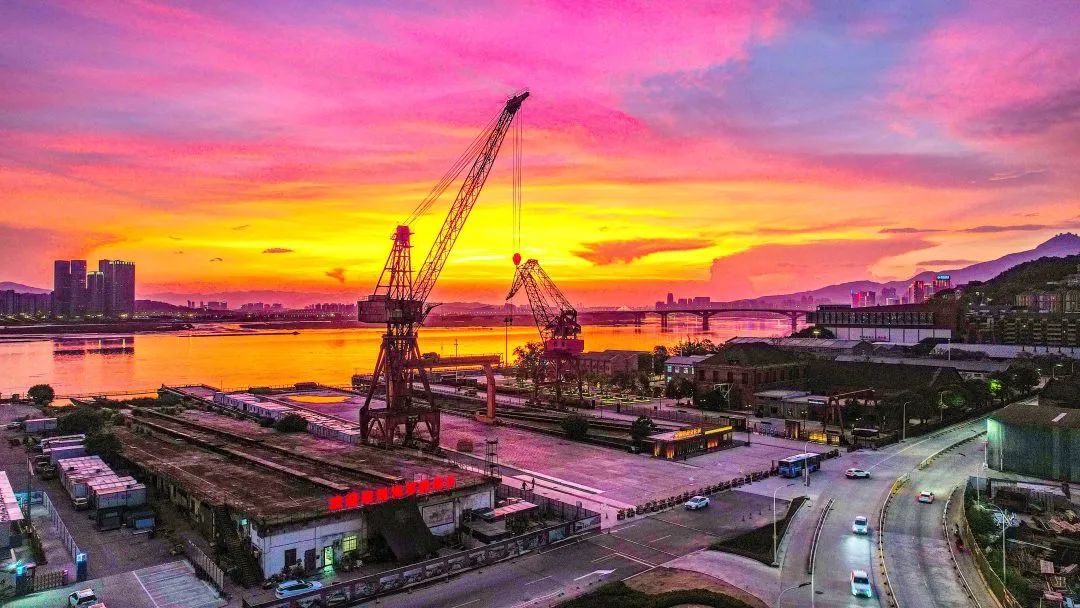
Fuzhou Arsenal was the first to take the lead in aiming at national self-improvement. By building ships, organizing education, cultivating talents, developing the navy and testing airplanes, the largest modern shipbuilding industrial base formed in a short time in the Far East. The first modern Chinese naval officers' academy was opened and the first modern Chinese naval fleet was organized.
The naval defense force of warships built in modern Fuzhou
▼
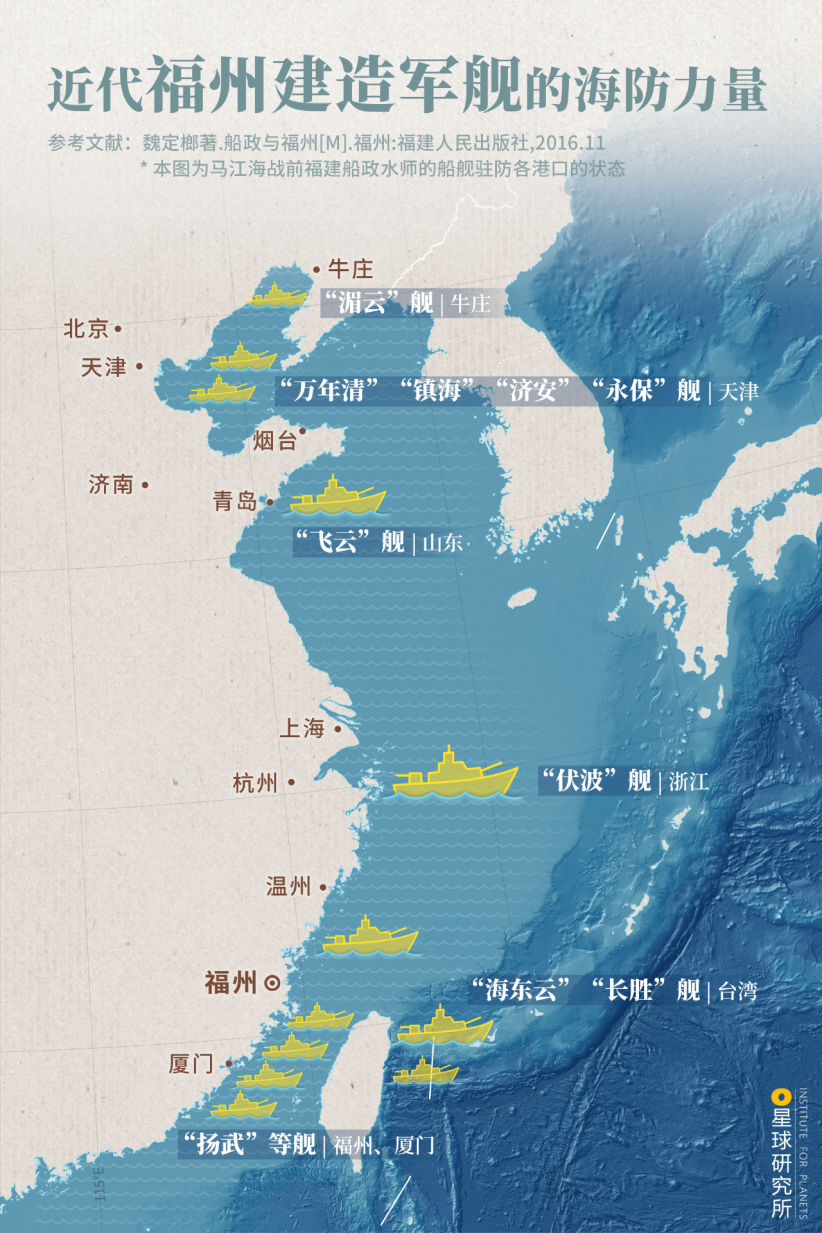
It has trained a generation of national elites and patriots such as Yan Fu, Zhan Tianyou, Gao Lu, Wei Han, Luo Fenglu, Chen Jitong, Deng Shichang and Sa Zhenbing. It is the cradle of China's modern naval and aviation industry, and the pioneer of modern Chinese shipbuilding industry. It has created dozens of firsts in China's modern history.
▼
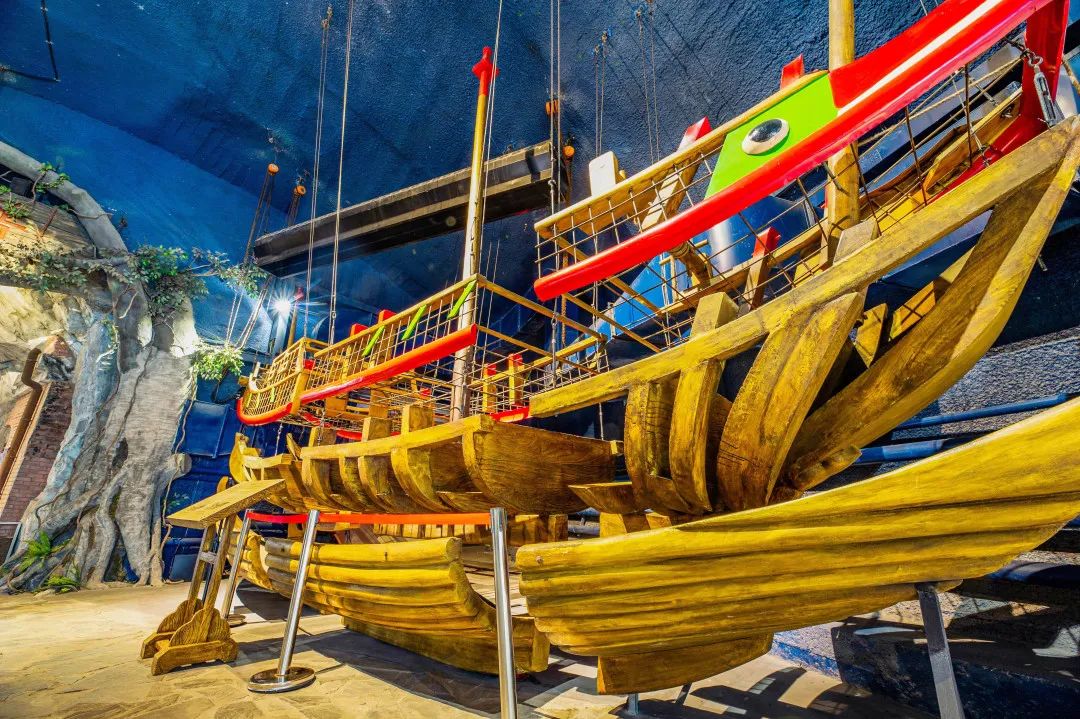
The first steamship made by China itself, the first steel gunboat, the first wooden second-class cruiser, the first seaplane, etc. were all born here.
Museum of Fuzhou Arsenal 1866
▼
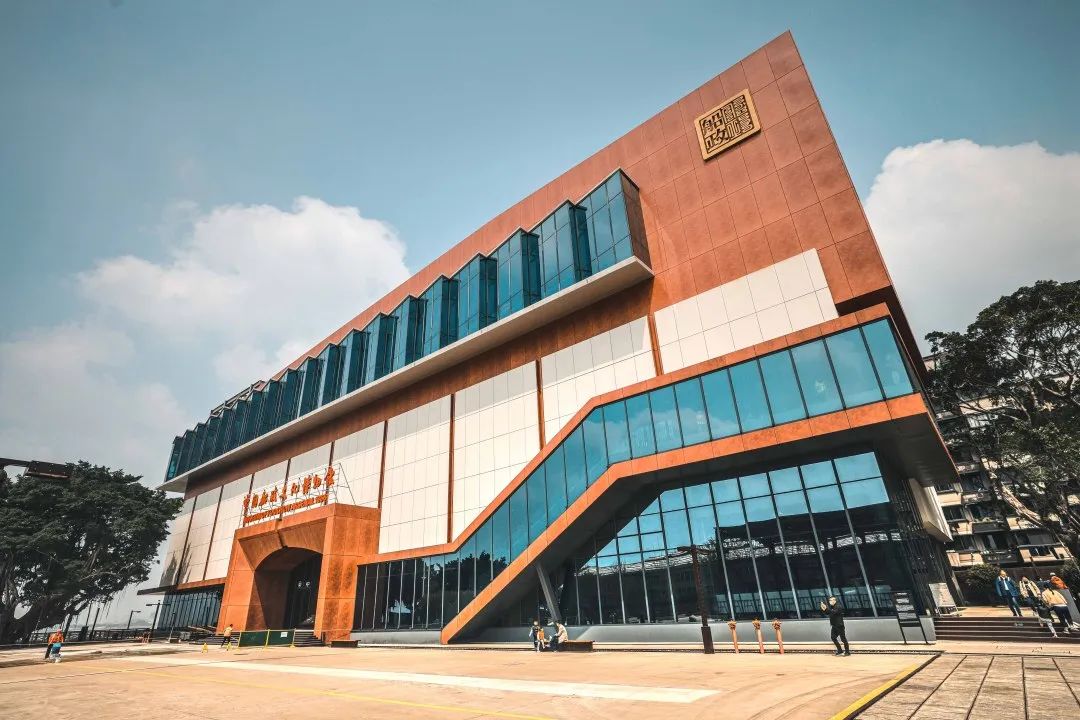
After the founding of the PRC, Fuzhou became one of the first 14 open coastal cities. The Fuzhou Port is located in the southeastern part of China, west of the Taiwan Strait, where the Minjiang River enters the sea.
Fuzhou Port is where the river and the sea blended and hundreds of ships reach far.
Since the formation of Dongye Port in the Han Dynasty, it has been an important foreign port in China.
Mawei Port
▼
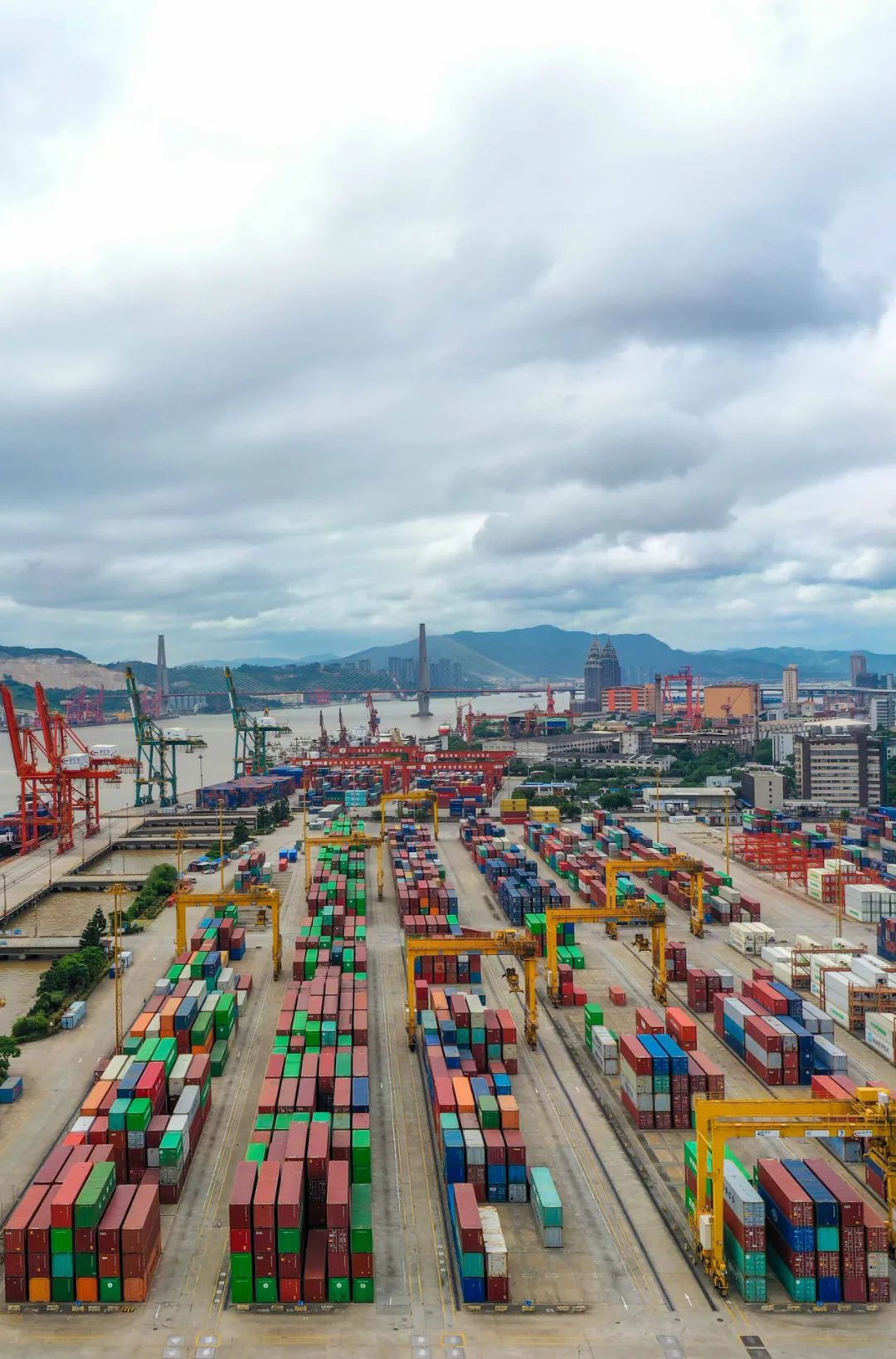
Today, Fuzhou Port is an important hub port for domestic trade containers and the Belt and Road.
The ranking of the world's top 50 ports in terms of cargo throughput in 2022 shows that Fuzhou Port ranks 19th with a cargo throughput of 302 million tons.
Jiangyin Port
▼
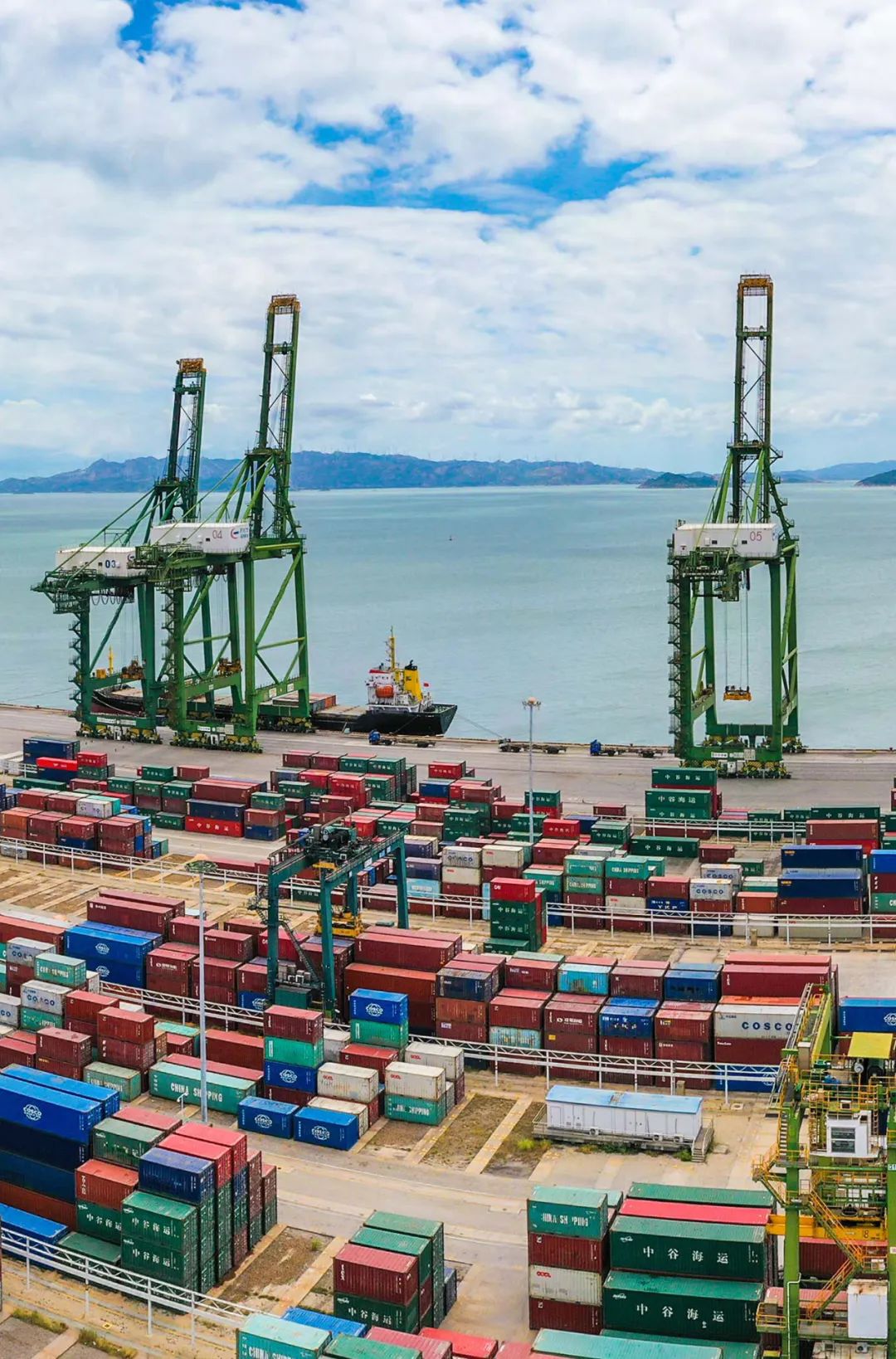
04
Fuzhou is a beautiful costal city surrounded by water and mountains.
The sea of Fuzhou has a calm blue color.
You'll be mesmerized at only one glance.
Sea Scenery of Gushi Village in Lianjiang County
▼
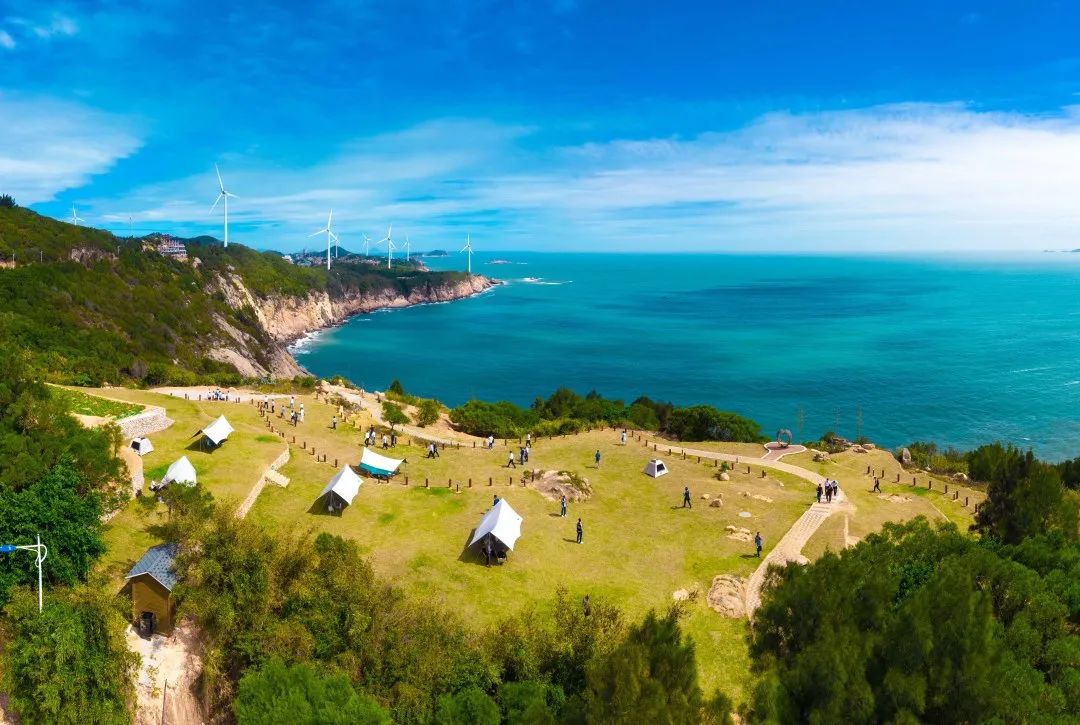
Qida Village in Lianjiang County, one of the most beautiful fishing village in China
▼
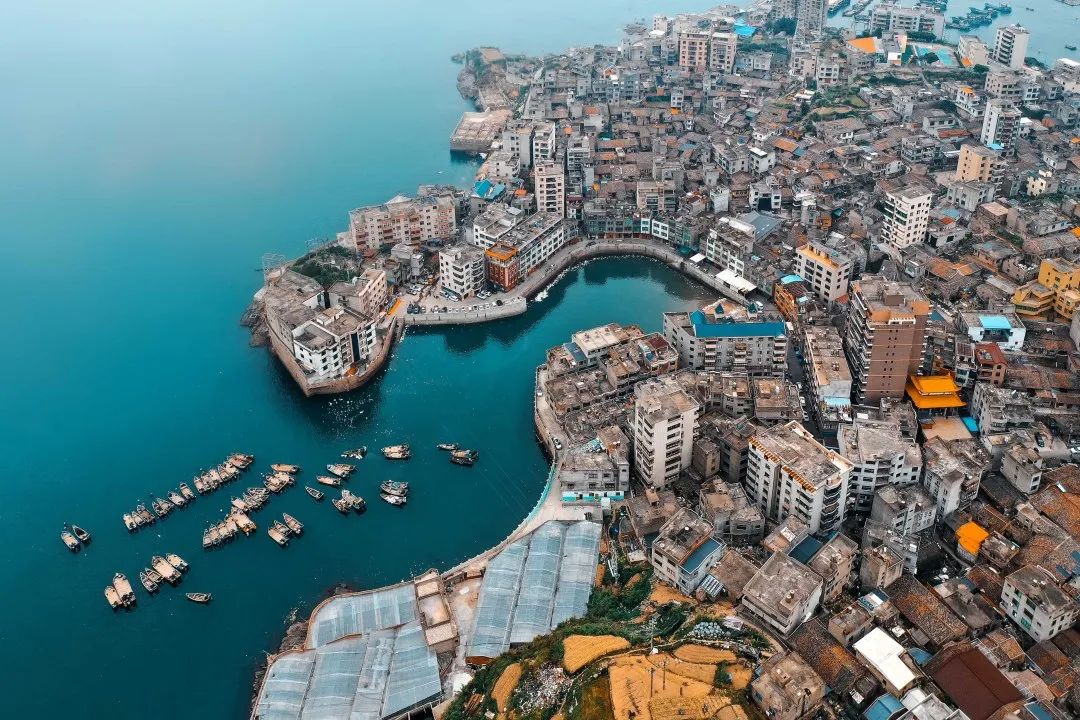
Jingshui Village in Luoyuan County
▼
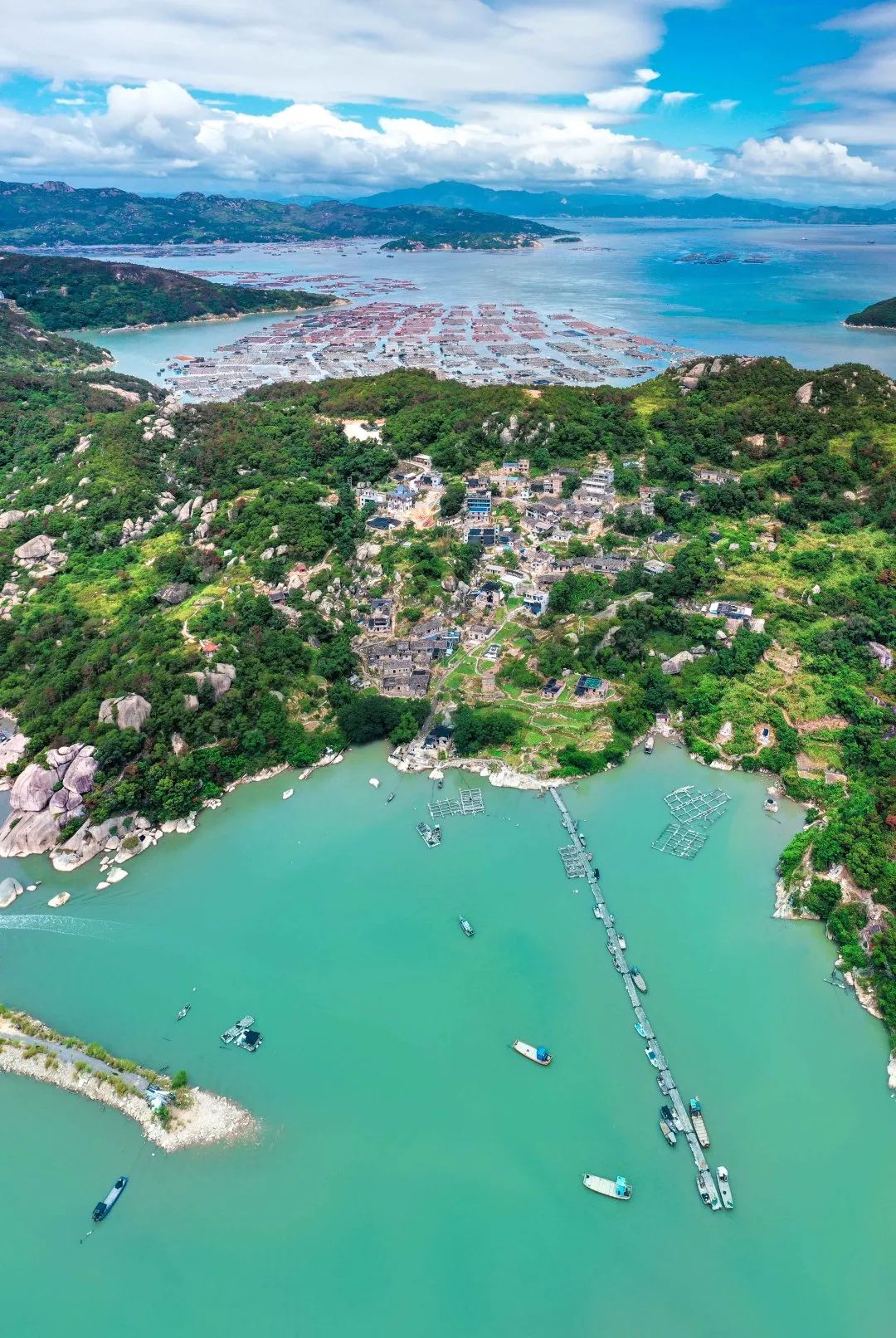
Mountain and Sea Town in Dinghai Bay
▼
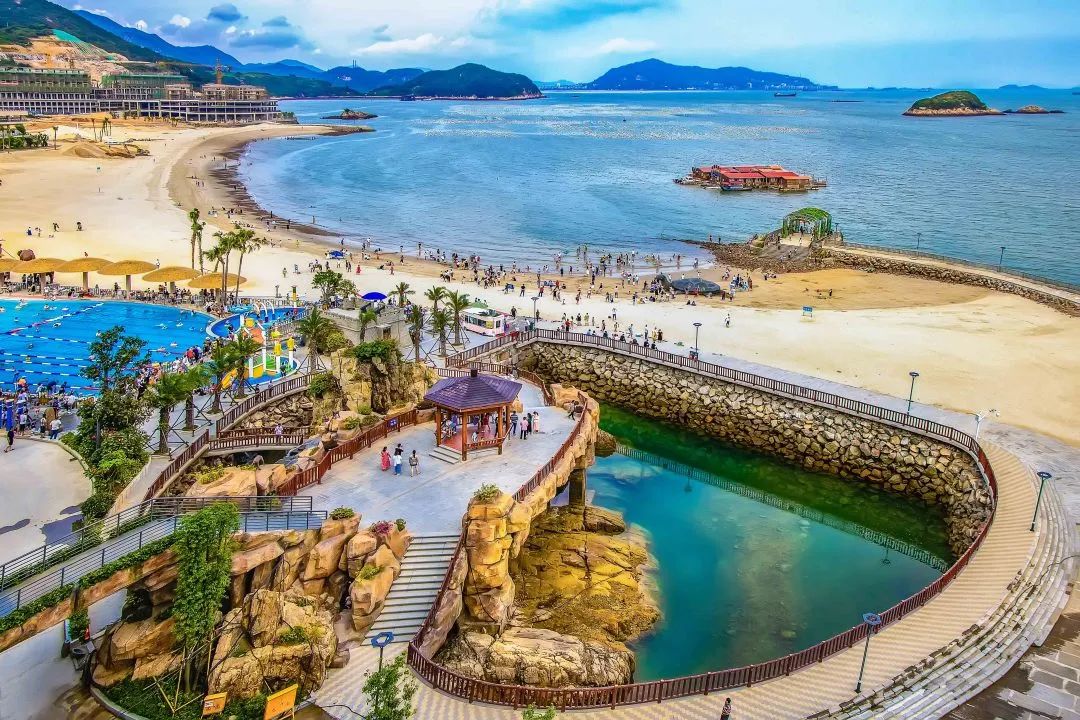
Mudflat
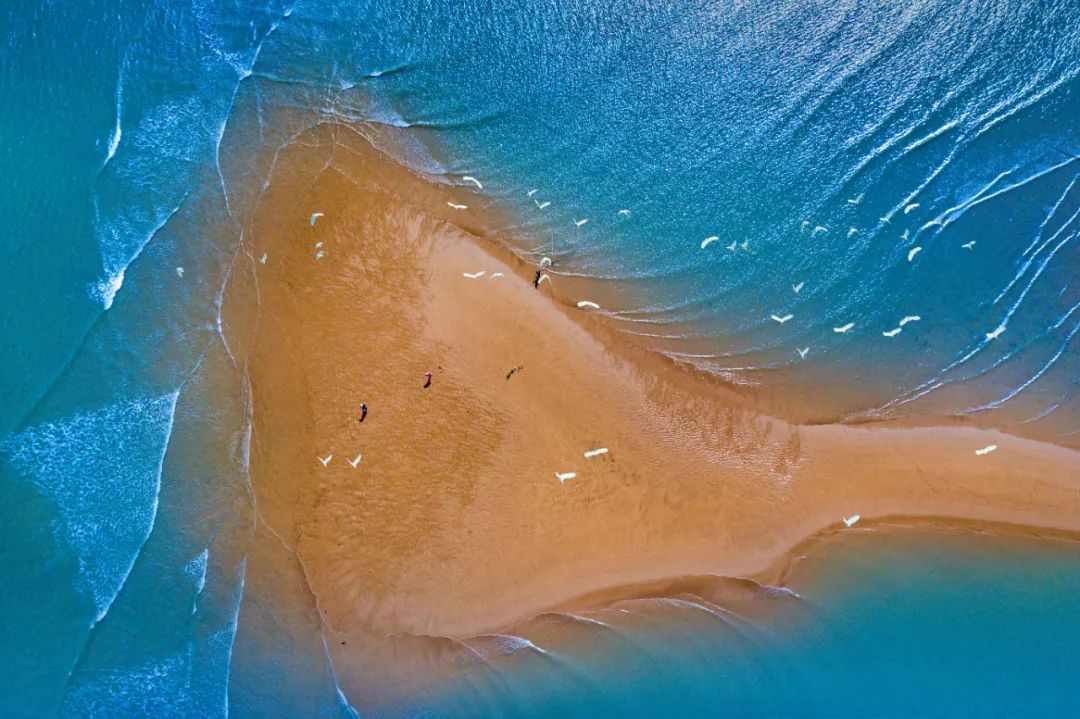
Today, all the bizarre sea erosion landform, beautiful coastal beaches and authentic delicious seafood can make you feel the charm of this blessed city.
Overlooking the Pingliuwei Park, the sea erosion landform is majestic and spectacular.
▼
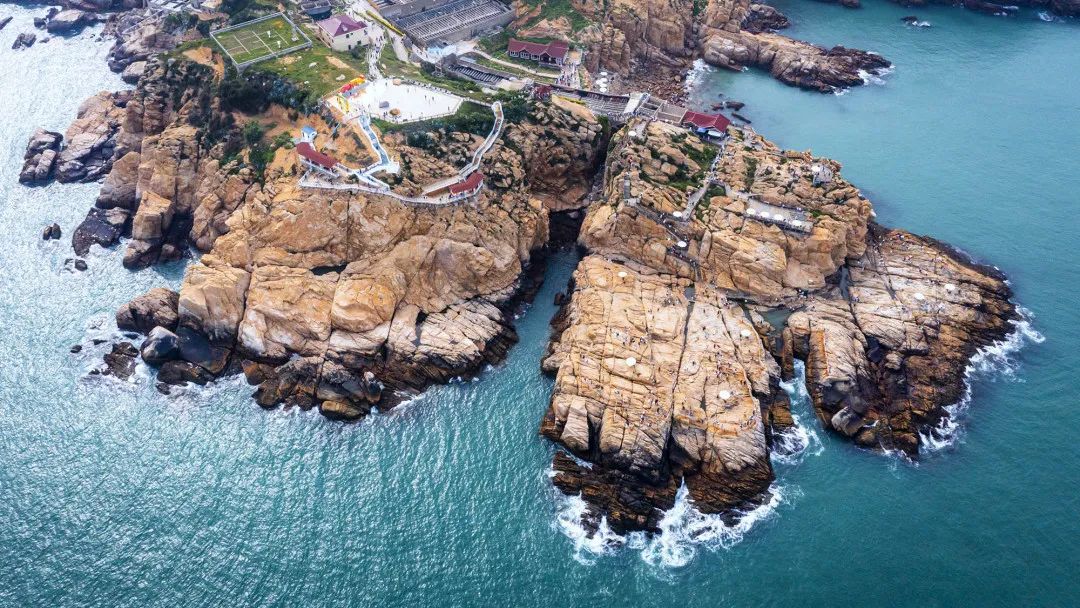
Tourists playing at Xiasha, Changle District
▼
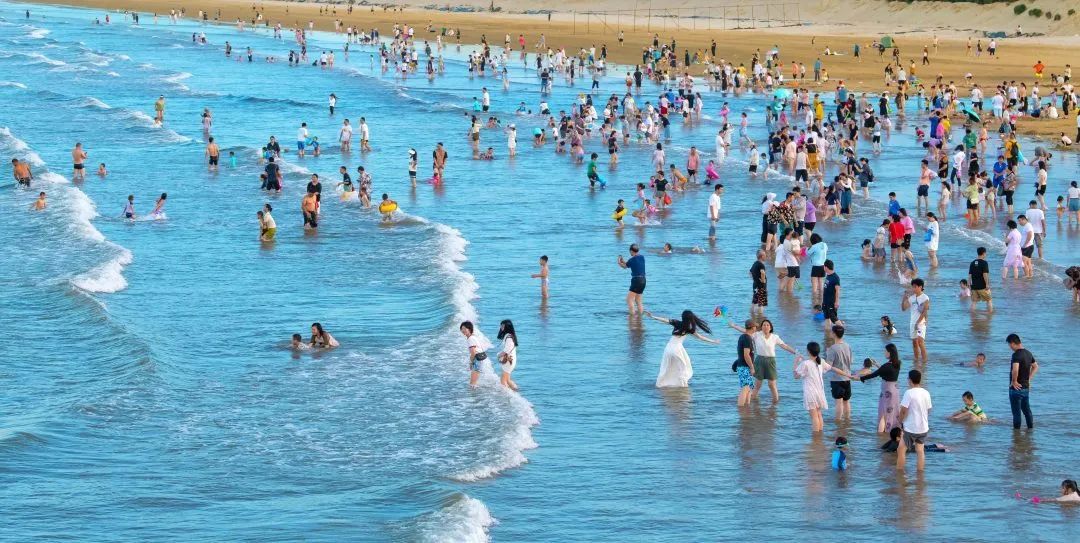
Sunrise in Jianjiang Town
▼
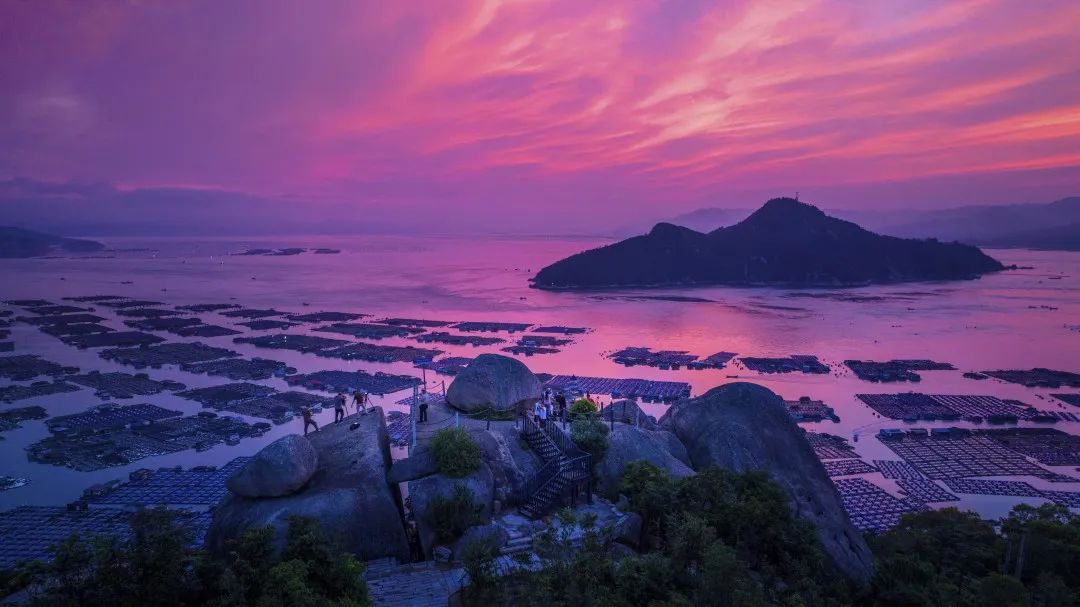
Sea Ranch
▼
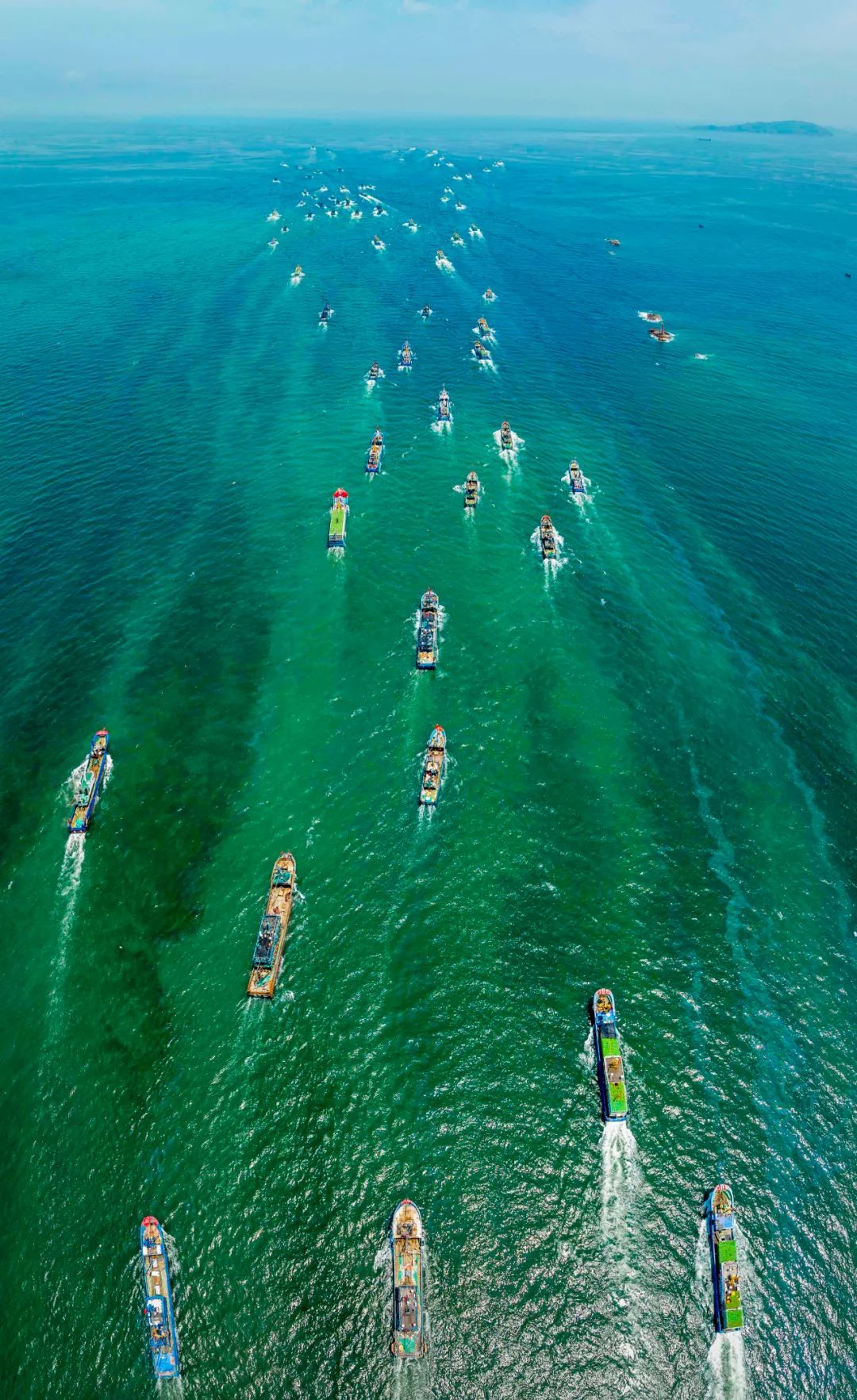
Sunset in Luoyuan Bay
▼
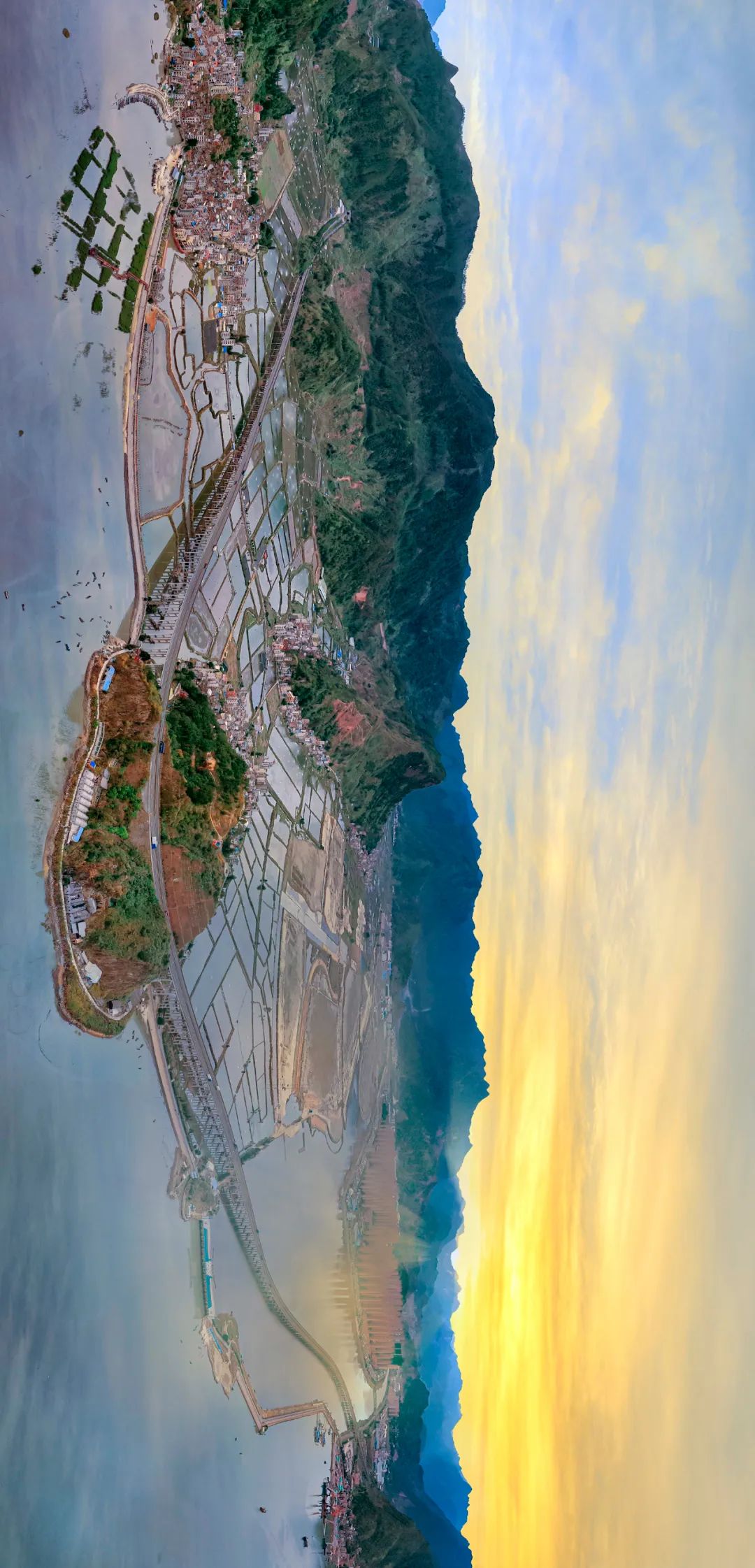
Langqi, Mawei District
▼
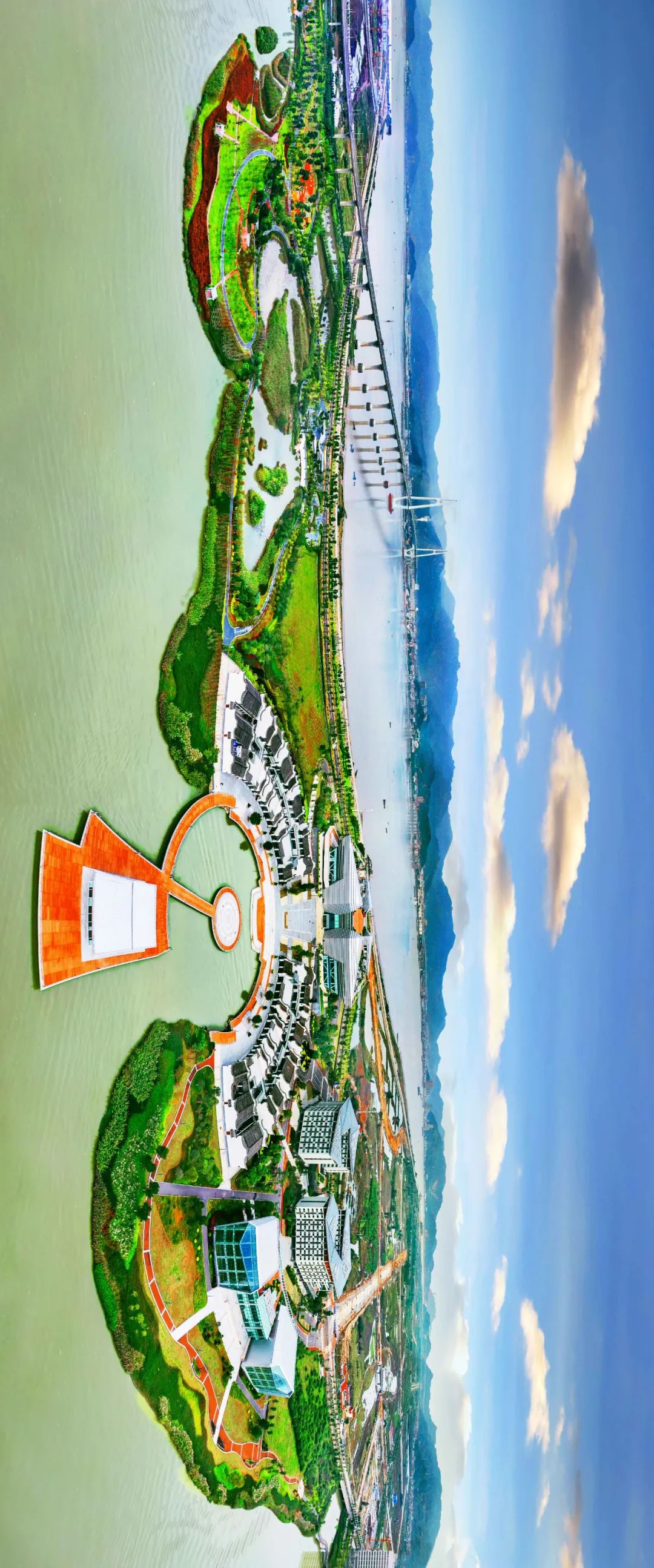
Source: Meet Fuzhou
Translation: 21CMCC